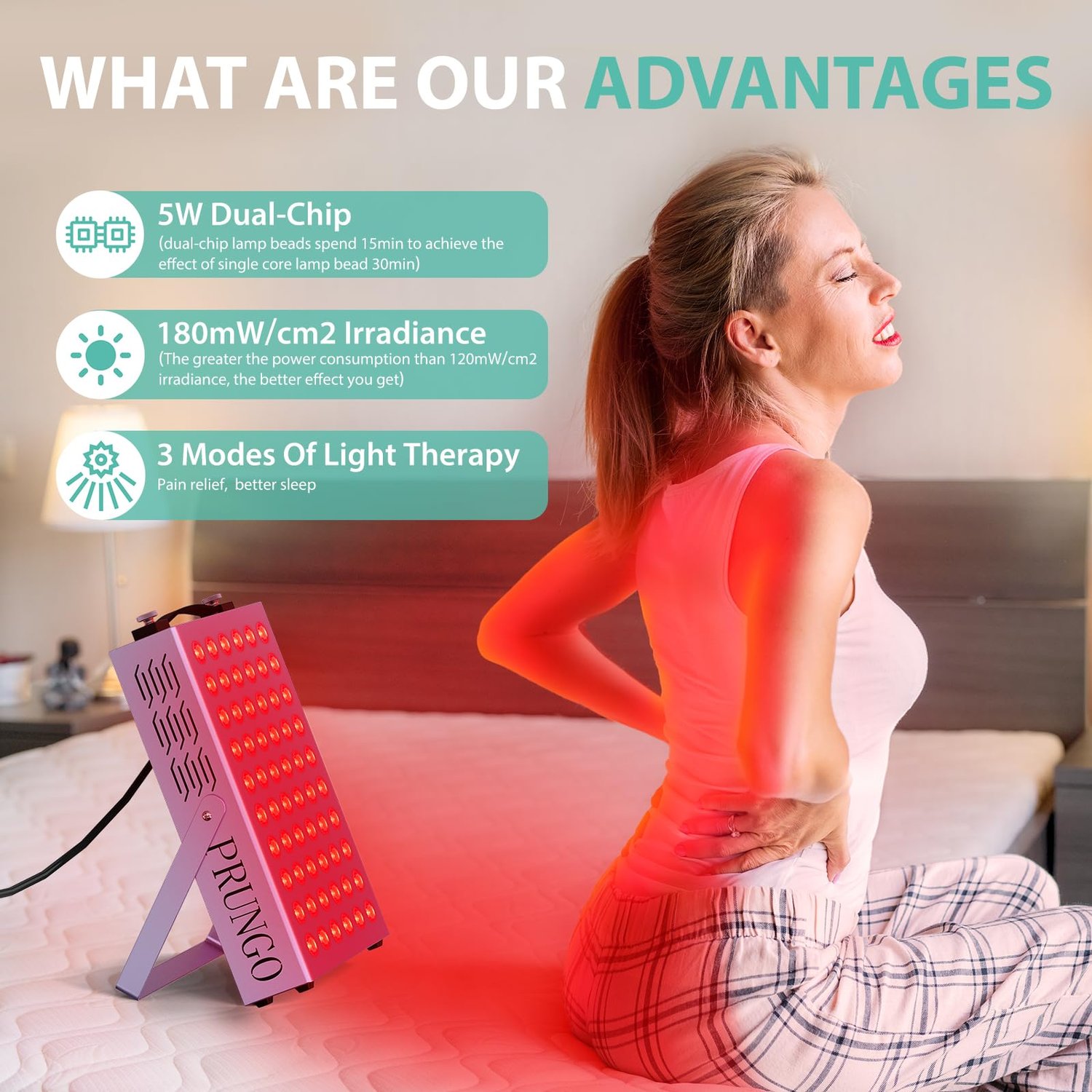Red light therapy (RLT) has emerged as a popular treatment for various health and wellness concerns, ranging from skin rejuvenation to pain relief. As the demand for RLT continues to grow, understanding the pricing landscape is essential for consumers. This article explores the factors influencing red light therapy prices , the benefits of knowing these costs, and how to make informed choices when considering RLT options.

What is Red Light Therapy?
Red light therapy involves exposing the skin to low-wavelength red light, typically ranging from 600 to 1,000 nanometers. This light penetrates the skin and stimulates cellular processes, promoting healing, reducing inflammation, and improving skin appearance. RLT is commonly used for:
Skin health: Treating conditions like acne, rosacea, and signs of aging.
Pain relief: Alleviating discomfort from chronic pain conditions or injuries.
Muscle recovery: Enhancing recovery after workouts or surgeries.
Mechanism of Action
The therapeutic effects of red light therapy stem from its ability to enhance mitochondrial function in cells. By increasing the production of adenosine triphosphate (ATP), RLT stimulates cellular metabolism, leading to various health benefits.
Factors Influencing Red Light Therapy Prices
Understanding the costs associated with red light therapy requires examining several key factors:
1. Type of Treatment Facility
The location and type of facility offering RLT can significantly impact pricing. Options include:
Professional Clinics: Medical or wellness clinics typically offer RLT as part of a broader treatment plan. Prices may be higher due to the expertise of trained professionals.
At-Home Devices: Consumers can purchase personal red light therapy devices for home use. Initial costs may vary widely based on device quality and features.
2. Device Quality and Specifications
When considering RLT devices, the quality and specifications can affect price. Factors to evaluate include:
Wavelength: Effective devices typically operate within the optimal wavelength range (600-1,000 nm). Higher-quality devices may have more precise wavelength settings.
Power Output: The intensity of light emitted affects treatment efficacy. Devices with higher power outputs often come at a premium price.
Design and Portability: Handheld devices may be less expensive than larger panels designed for full-body treatments, but the latter often provide enhanced benefits.
3. Treatment Sessions
For those seeking professional RLT treatments, session pricing is a critical factor. Considerations include:
Session Length: Treatment duration can vary; longer sessions may cost more.
Package Deals: Many clinics offer packages or memberships that reduce the cost per session, incentivizing regular treatments.
Location: Prices can vary significantly based on geographical location, with urban areas generally being more expensive.
4. Expertise and Certifications
The qualifications of the personnel administering red light therapy can also influence pricing. Facilities with licensed practitioners or specialized training in RLT may charge higher fees, reflecting the level of care and expertise provided.
Benefits of Understanding RLT Prices
Having a clear understanding of red light therapy prices can empower consumers to make informed decisions. Here are some key advantages:
1. Budgeting and Financial Planning
Knowing the potential costs associated with RLT allows individuals to budget accordingly. Understanding session prices, device costs, and ongoing maintenance can help in setting realistic financial expectations.
2. Evaluating Treatment Options
By comparing prices and features of different RLT options, consumers can better assess which treatment aligns with their goals. This knowledge can lead to more effective and satisfactory outcomes, whether opting for in-clinic treatments or at-home devices.
3. Identifying Value
Price does not always equate to quality. Understanding the factors that influence pricing enables consumers to identify devices or clinics that offer the best value for their investment. This includes assessing the technology used, treatment effectiveness, and overall reputation of the provider.
4. Avoiding Overpriced Treatments
Awareness of typical pricing structures can help consumers avoid facilities that may charge exorbitant fees without providing additional benefits. Being informed allows for better negotiation and a more assertive approach when seeking services.
Making Informed Choices
When considering red light therapy, there are several steps to ensure you make informed decisions:
1. Research Options Thoroughly
Take the time to research various RLT providers, whether in your area or online. Compare prices, treatment offerings, and customer reviews. Look for reputable clinics with certified practitioners and high-quality equipment.
2. Assess Your Needs
Determine what specific benefits you hope to achieve with red light therapy. This will help you select the most appropriate treatment option—whether it’s skin rejuvenation, pain relief, or muscle recovery.
3. Consult with Professionals
If unsure about which RLT option suits your needs, consult with healthcare professionals or trained practitioners. They can provide insights into what to expect and guide you towards appropriate choices.
4. Consider Long-Term Investment
Evaluate whether investing in an at-home device or regular professional treatments aligns with your long-term health goals. While initial costs for high-quality devices may be higher, they may offer greater savings over time compared to ongoing clinic visits.
5. Ask About Discounts and Packages
When considering professional treatments, inquire about any available discounts, package deals, or membership options. Many clinics offer promotions that can reduce the cost of sessions, making regular treatments more affordable.
Conclusion
Understanding red light therapy prices is essential for making informed choices about your health and wellness. By evaluating factors such as treatment facility type, device quality, session costs, and the expertise of practitioners, you can navigate the pricing landscape effectively.
With this knowledge, you can better budget for treatments, identify value, and avoid overpriced options. Whether you opt for in-clinic sessions or invest in an at-home device, being informed will empower you to make the best decisions for your health journey. Embrace the benefits of red light therapy and enhance your well-being with confidence.
Comments on “Why Understanding Red Light Therapy Prices Can Help You Make Informed Choices”